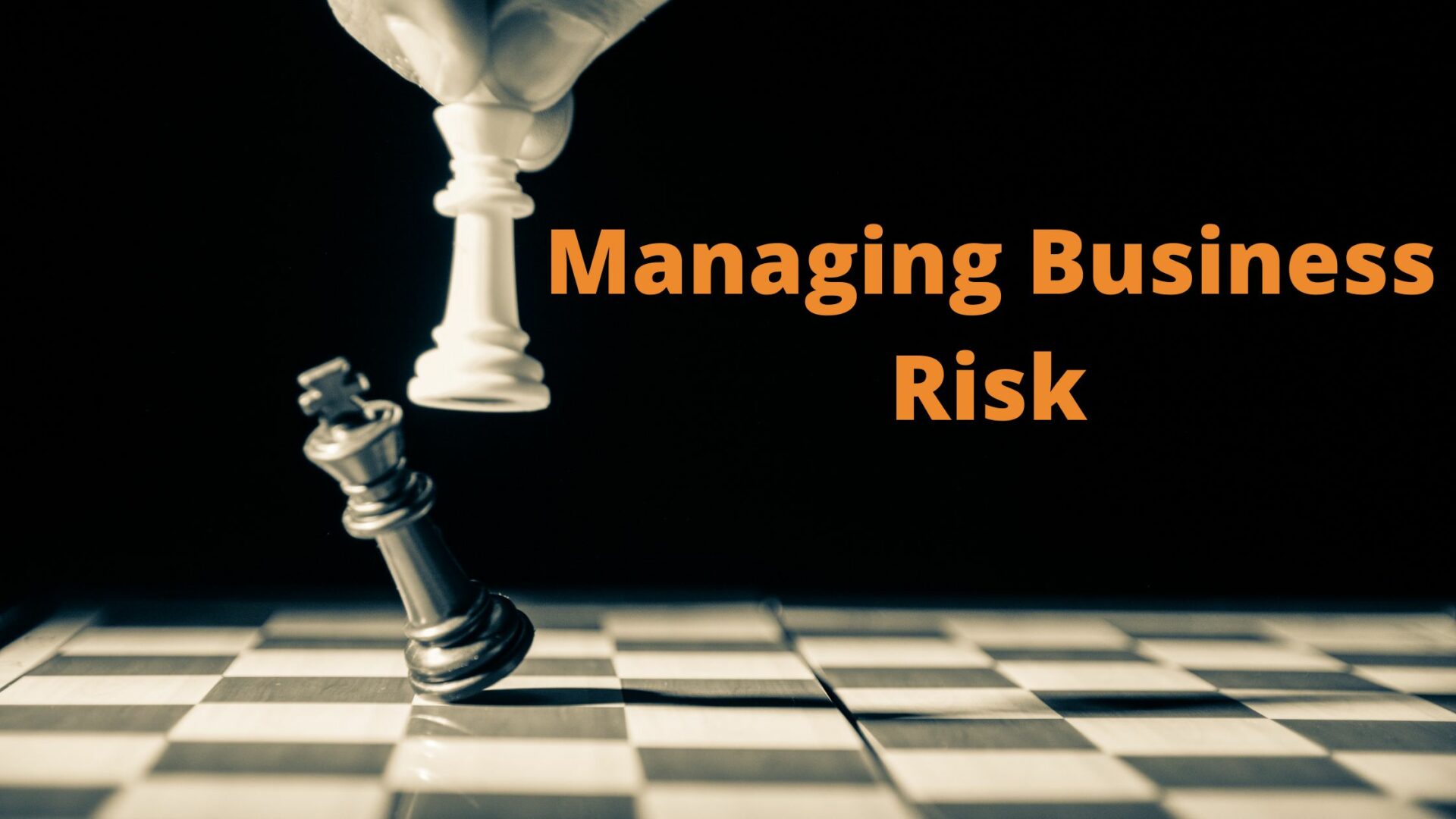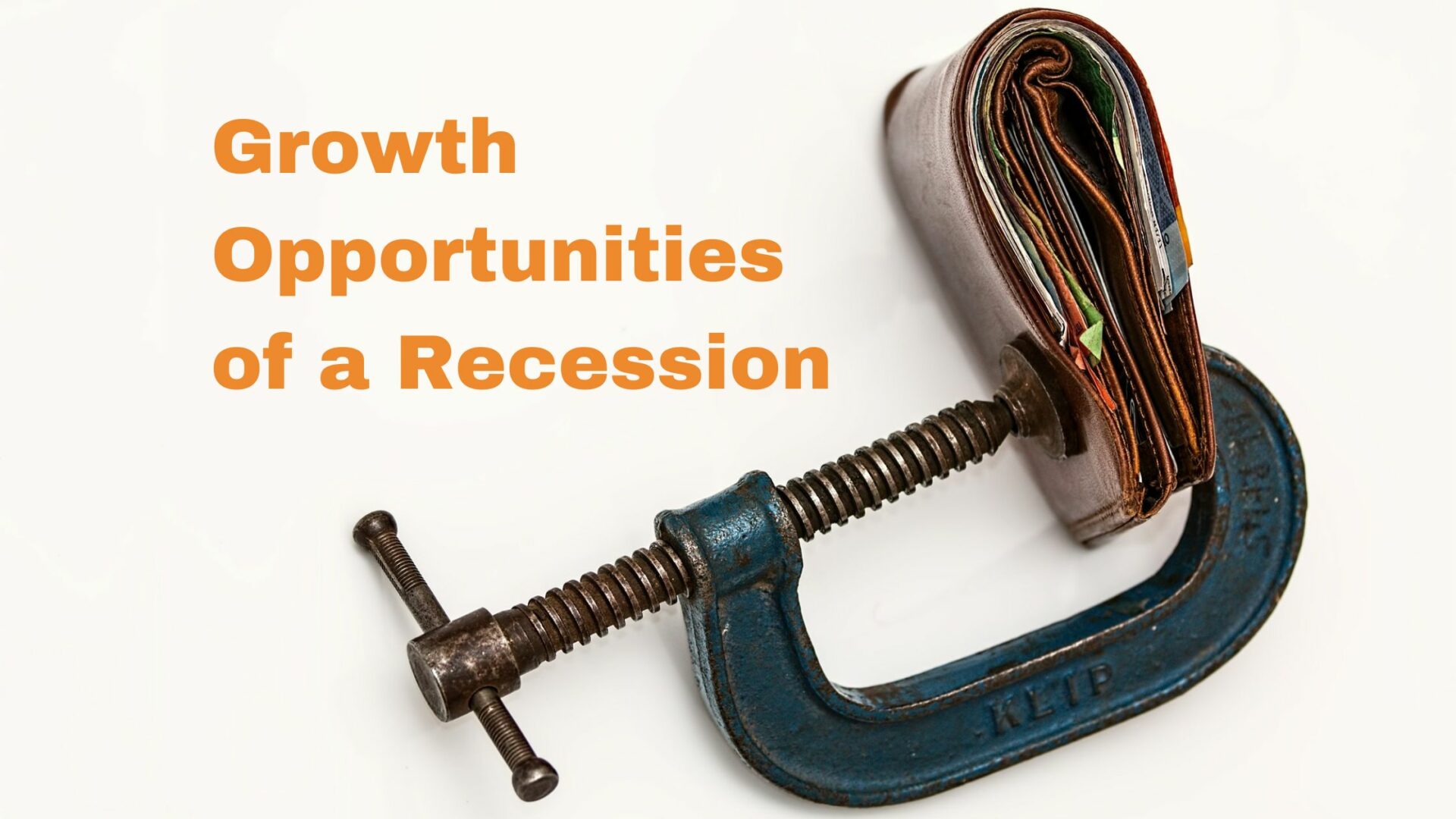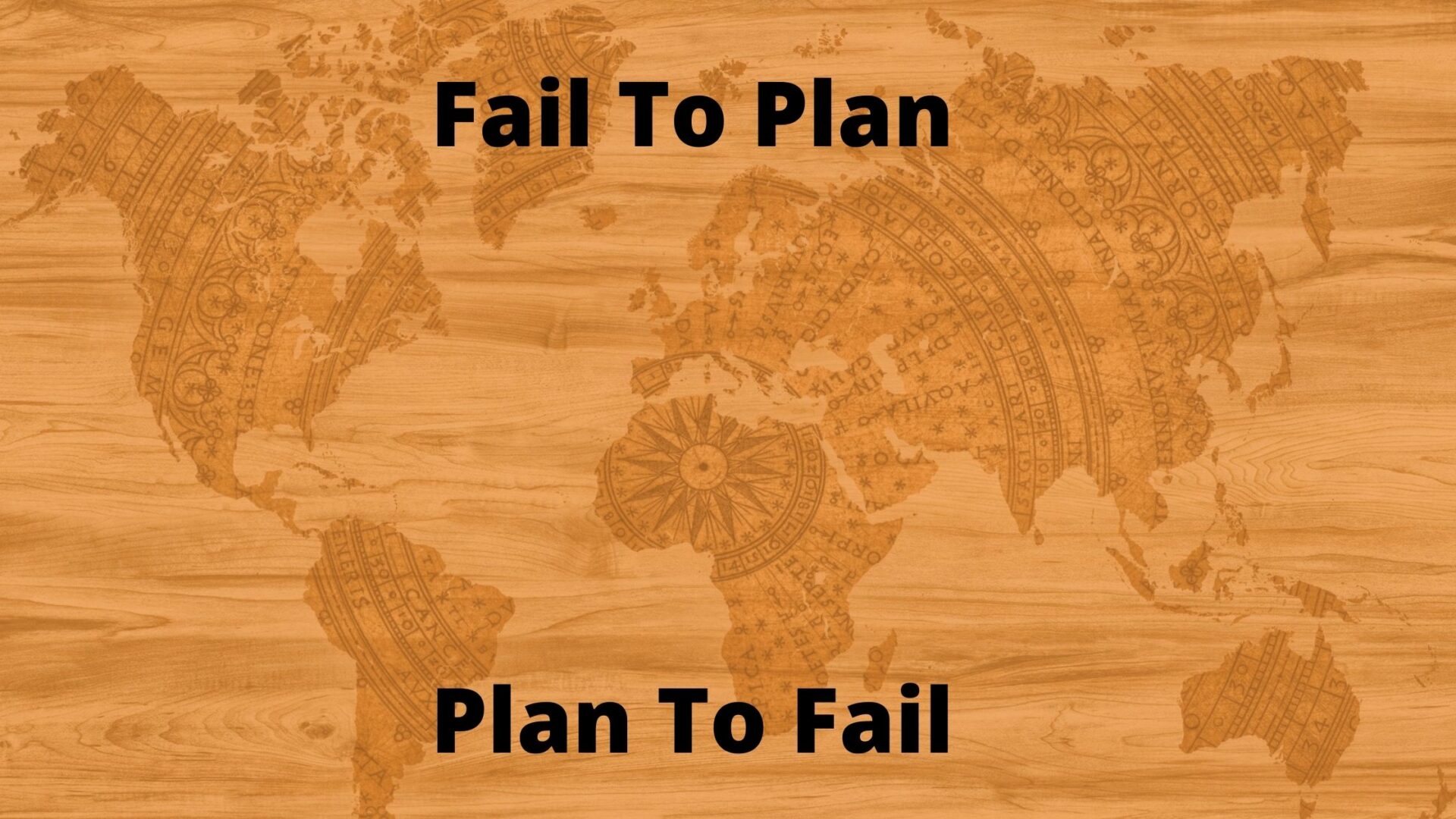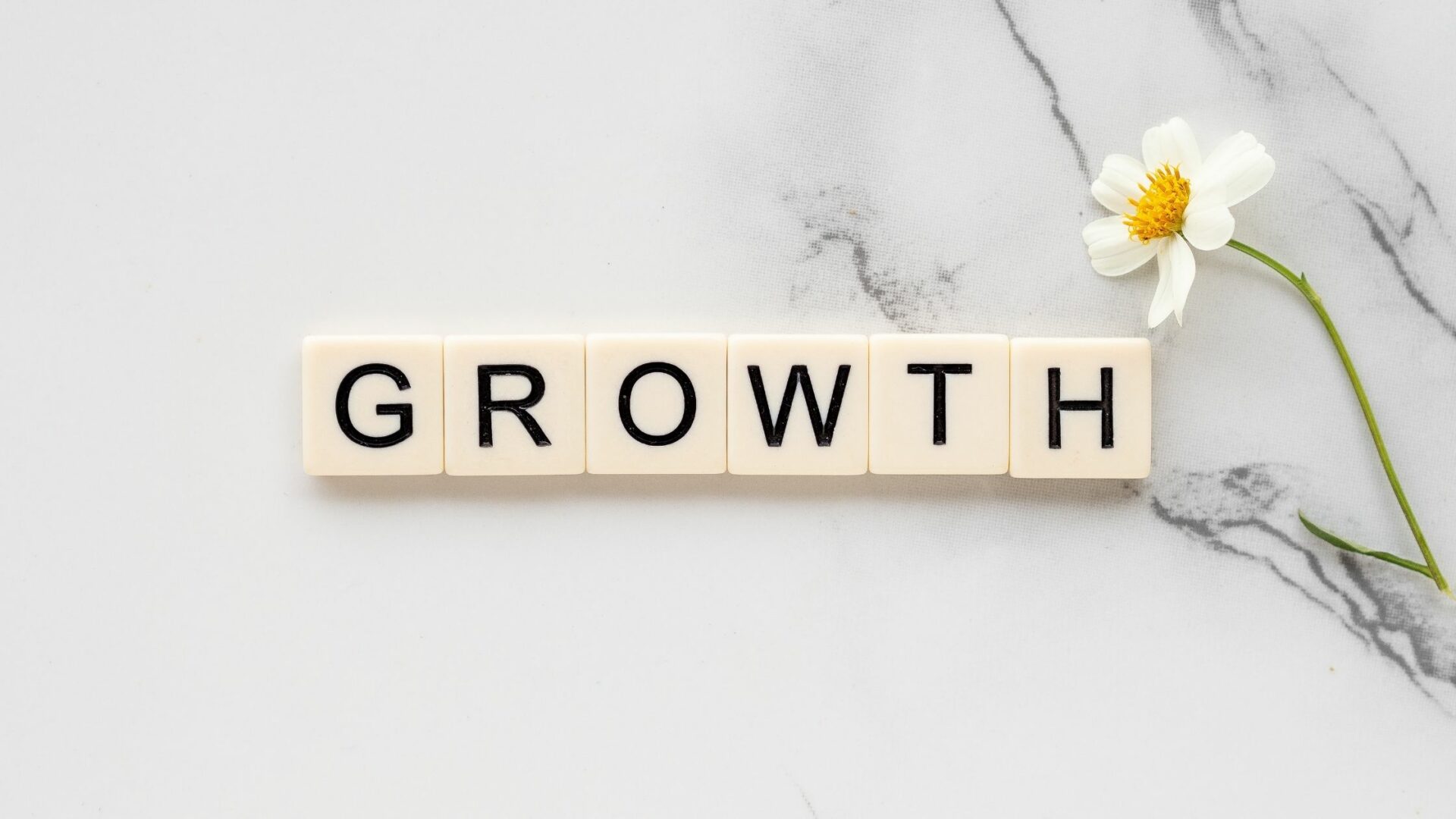Managing a business isn’t always productive. The are many stages to a business life cycle and if you do not understand them, then you will struggle. Most new CEOs – and even those who are more seasoned in their role – feel overwhelmed when they’re at the helm. That’s not too surprising when you consider the job description they’ve just signed up for.
You take on an enormous amount when you’re the leader of a company. On most days you’ll probably feel like there aren’t enough hours for you to fit everything in, and you might be right! Unless you learn how to deal with the workload, you’re going to find yourself feeling stressed out and unproductive frequently.
Luckily, there is a way you can make your job easier, and it all starts with understanding the business lifecycle.
What is a Business Lifecycle?
At our growth coach company, we sort the business lifecycle into a few different stages. Each stage is characterised by how mature the business currently is, and it will define the CEO’s job.
So, a CEO of a start-up will have an entirely different role to one leading a more mature business. Every year, or even every six months, what you need to do to steer your company can change, and keeping up with that is essential.
By being aware of the business life cycle, you can keep up to date with your current role and what your priorities should be in terms of what’s coming next.
The way these lifecycle stages are set out isn’t related to time. Instead, we look at the business’s energy and how it seems to be moving – something that the CEO should be very tuned in to.
Introducing the Stages Model
In each section of the stages model, your business will be in a different phase of development. Usually, you can feel out which stage you’re in without looking at any profits or valuations; it’s all about how you sense it’s growing.
The feelings a CEO has about their own brand are an incredibly accurate indicator of where the business lies on the timeline. Just as a parent may know how quickly their child is developing, a CEO knows their company’s growth.
By identifying where you lie on the stages model, you can better navigate your business through growth and learn more about what you should be doing to support it.
Stage 1: Start-Up
The start-up days start on day one of your business. As soon as you’ve launched, you’ve entered stage 1 – congratulations!
During this stage, energy levels are high. You’ll be doing everything under the sun to get your company off the ground and working long hours to fit it all in, but you’ll be loving it.
At this point, the most important thing to do is invest yourself in your start-up business. The initial phase is tough – no doubt about it – and if you don’t invest enough of your time and energy at this time, you’re setting yourself up to fail.
Right now, focus on winning clients, building your brand reputation, and starting to establish a cash flow.
Stage 2: Growth Stage
If you put your all into the start-up stage, your business should begin to take off. There’s no specific time that this will happen, and every business is different, but you’ll know when it starts.
Your turnover will start to increase now, and you should be starting to feel very optimistic about the direction of your brand.
At this point, take a moment to reward yourself. Take some time off, buy yourself that car or house you’ve been dreaming about, and give yourself a moment to feel proud.
But even though your business is growing, you’re still working all hours under the sun. There are more people around you in the company and more problems to solve day-to-day, along with everything you were doing before.
This is what we call the second brick wall, and it can be a tough one to handle.
There are essentially three options here:
- Keep moving forward and grow your business
- Your business will plateau
- Your business will decline
If you want to focus on growth, you need to keep investing in your business. This time, focus on investing in skills.
Your business will have changed from where it began, and you need to take a step back and look at what role you need to be playing now. You shouldn’t be responsible for everything, and that means you need to start delegating.
Look at your market position, competition, and customer expectations before looking at the skills within your team to assess whether you have everything you need to move forward.
Stage 3: Advanced Growth
When your business needs have been recognised and you’re investing in the right areas, you’ll move into the third stage. You should start to feel happy about your work-life balance and will have taken a step back from day to day processes.
If you feel proud, it’s because you should. Not all entrepreneurs reach stage 3, and you’ve discovered how to make your business work for you.
Now it’s time to take stock of how your company feels. Is it an exciting and busy place that’s full of positive energy? Is it calm and chilled out? Or is it stressful and overwhelming?
Also, how do you feel? If you feel differently from how the rest of your key team feel, you might need to look at that and how you can realign yourselves.
Keep learning and investing in your company at this stage. Any growth consultant will tell you that you can’t slow down to continue scaling, and you need to remain uber focused on your goals and vision.
The more skills you can add to your company during the good times, the less painful further growth will be.
It’s also vital at this stage that you really withdraw yourself from the running of your business. You should have a great team around you to focus on that, and you can step back and start to look instead at the context of your brand and how to keep driving it forward.
You’re a leader now, not a manager. Take a step back and hand the managing reigns to someone else.
Work With Our Growth Coach Team
The business life cycle looks so simple when written down. In reality, of course, it’s a different story. Growing a brand from a start-up to a mature company is incredibly tough and takes a lot of time, knowledge, and skill. If you want to give your brand a headstart and focus on growth, get in touch with our team today and let’s start talking about your business.





